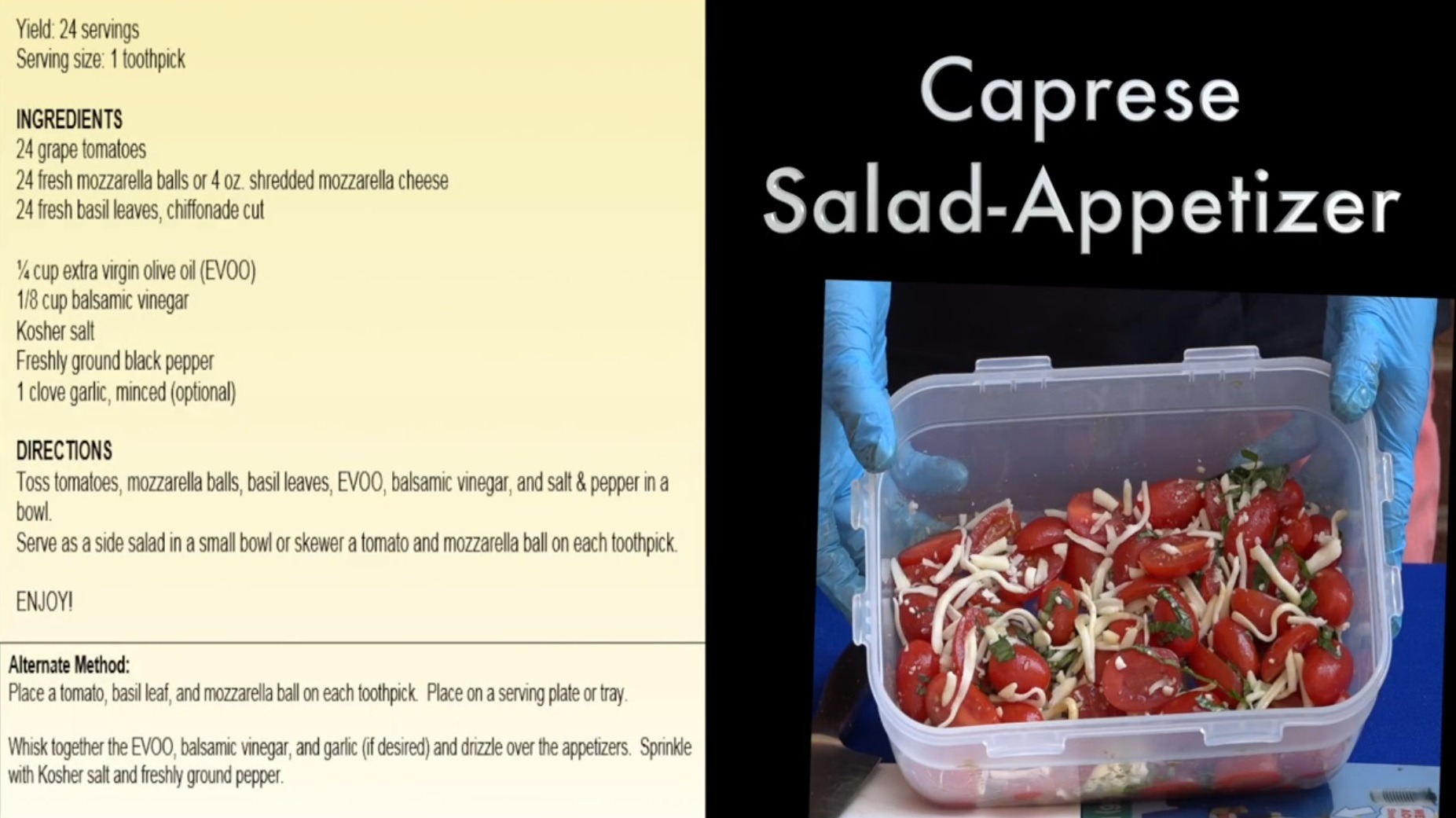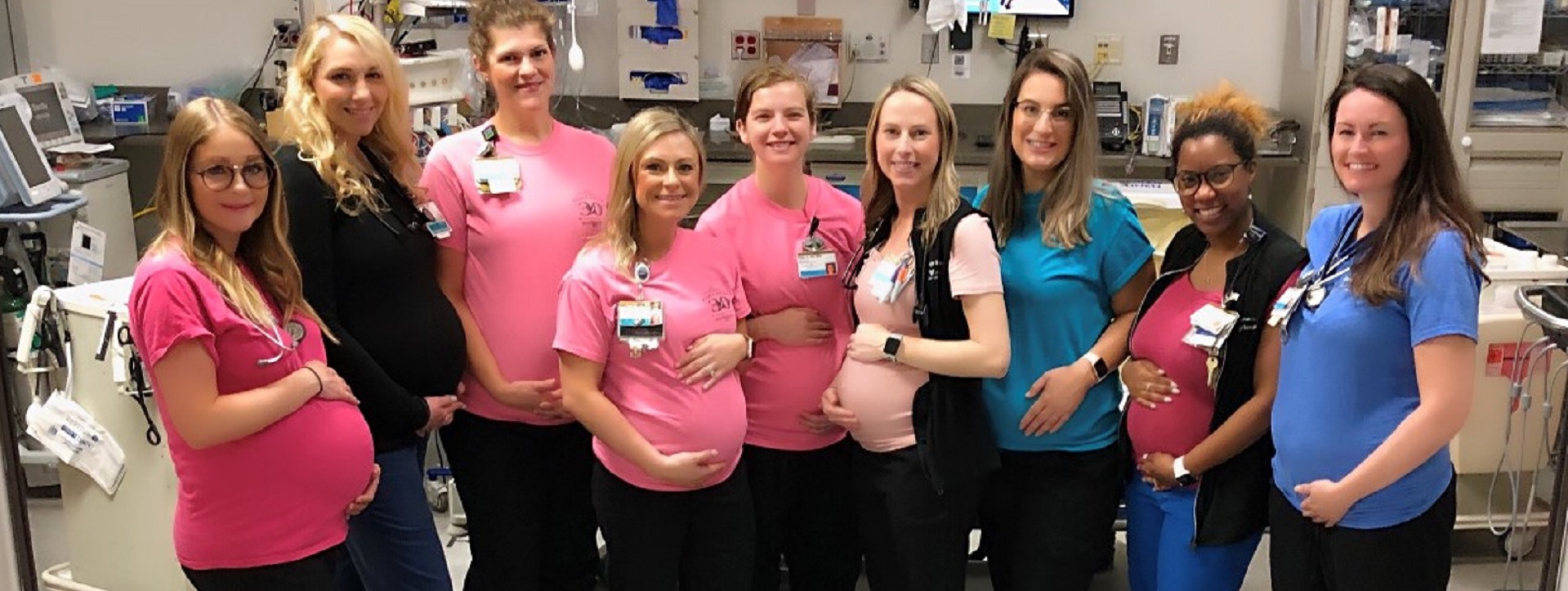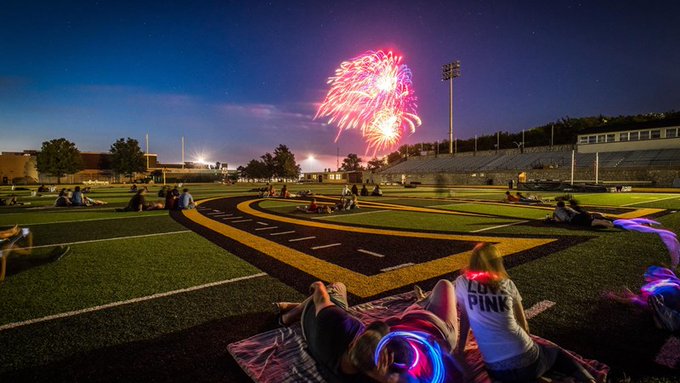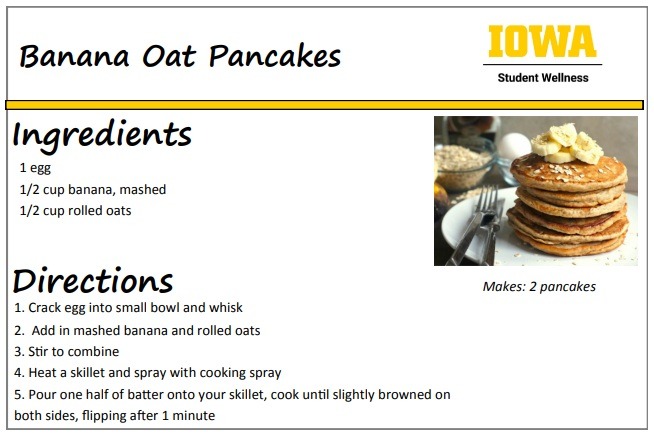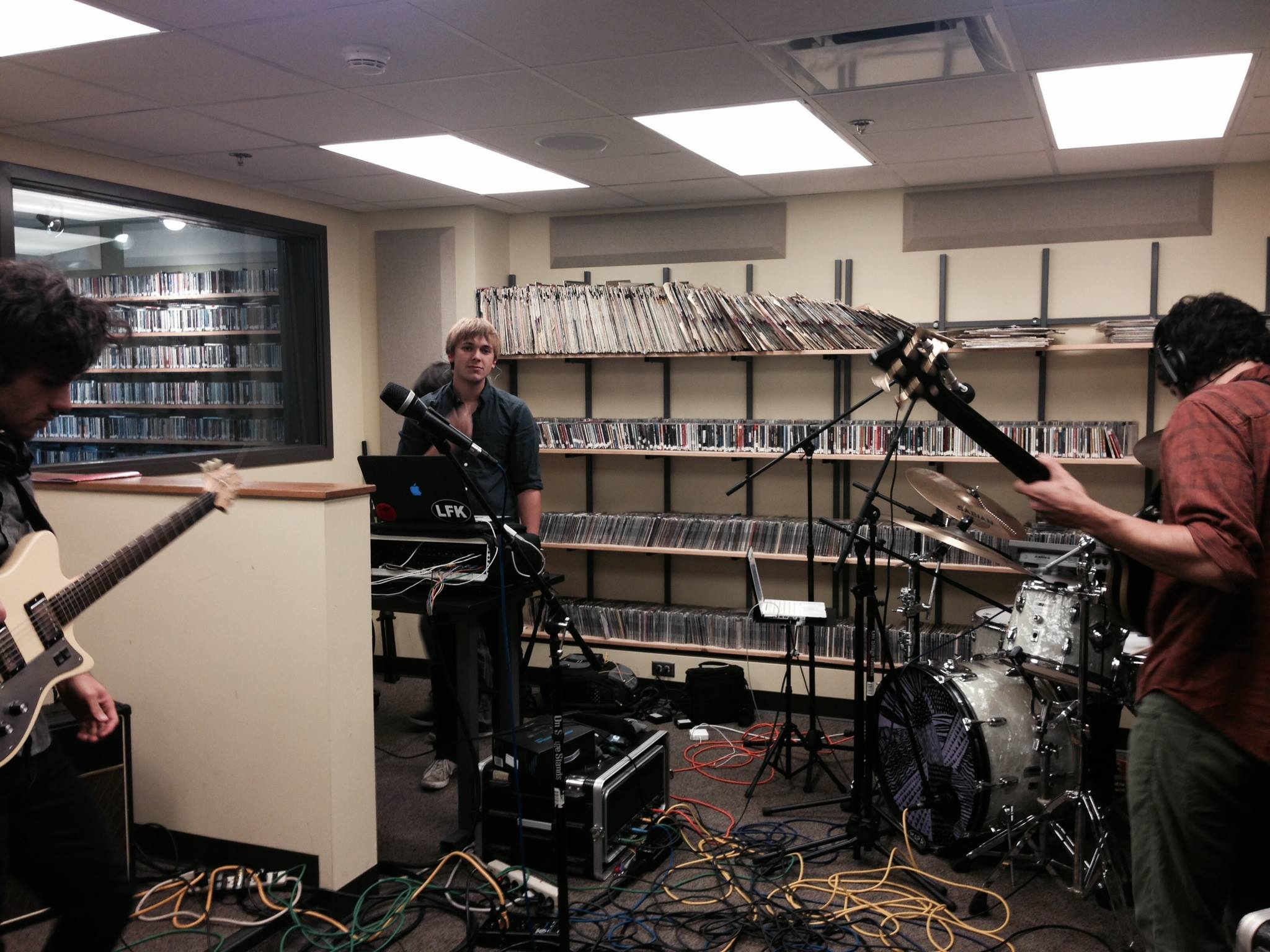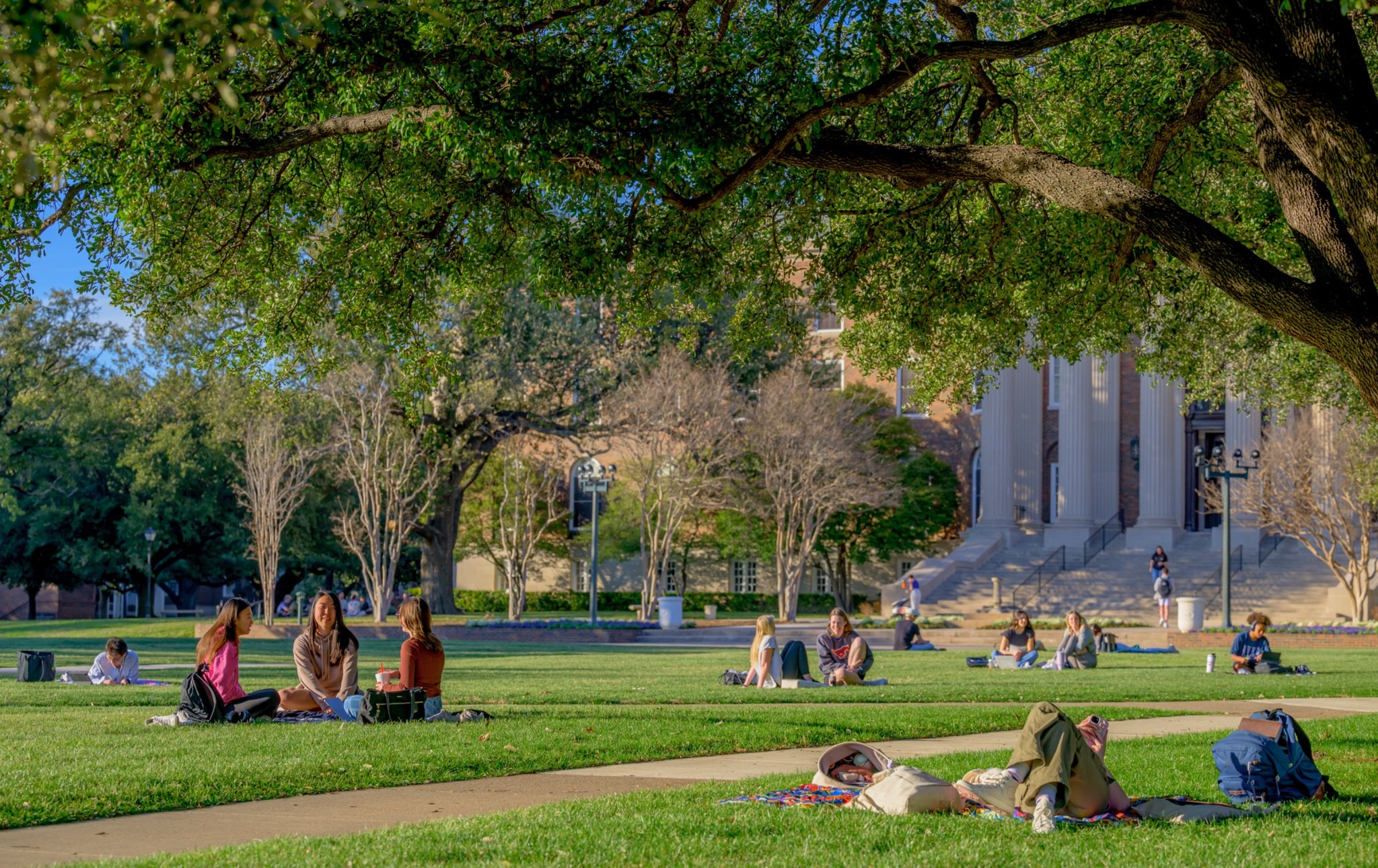This Washington D.C. – based non-profit’s founding originated at the University of Michigan in the 1920’s and has long since expanded affiliates in several North American regions and states. It maintains one of the most active bibliography on space utilization, curated here to support today’s colloquium.
How Understanding Campus Utilization Rates Can Reduce Your Institution’s Carbon Footprint
“The State of Facilities in Higher Education: Space, Spending, & Staff” (June 2024)
Discusses the tension between campus building stock and declining enrollment, examining the ratio of space-to-enrollment growth, and exploring how institutions are reducing footprint amid surplus space
“Changing the Facilities Backlog Conversation in Higher Education” (July/August 2021)
Covers how colleges manage over 6 billion sq ft of campus space, a deferred maintenance backlog of $112 billion, and strategies (“Catch Up” & “Keep Up”) for dealing with excess and aging space
“Gordian Partners with APPA to Estimate Higher Education Infrastructure Backlog Need” (July 2021)
Details the count of 6.2 billion sq ft in 210,000 buildings, average age nearing 50 years, and current replacement value exceeding $2 trillion—highlighting the need to reassess and reduce physical footprint
“Abstract: Space Planning and Administration” (Body of Knowledge, ~2019)
Describes how some universities manage 20 million+ sq ft on a single site, emphasizing processes to inventory, classify, and efficiently use space, noting underutilized spaces like athletic fields (“football field syndrome”)
“The State of Facilities in Higher Education: Facilities Manager Magazine” (March/April 2025)
While full access is member‑only, the issue’s focus (“Elevating Student Experiences”) includes featured articles on repurposing and rightsizing spaces in response to shifting enrollment.
“Institutional Success” (APPA Thought Leaders Series, circa 2014)
Outlines how reducing campus square footage—such as demolishing 120,000 sq ft of trailers and replacing with 175,000 sq ft centralized facility—can save ~$1.6 M annual maintenance
Standards Michigan About




